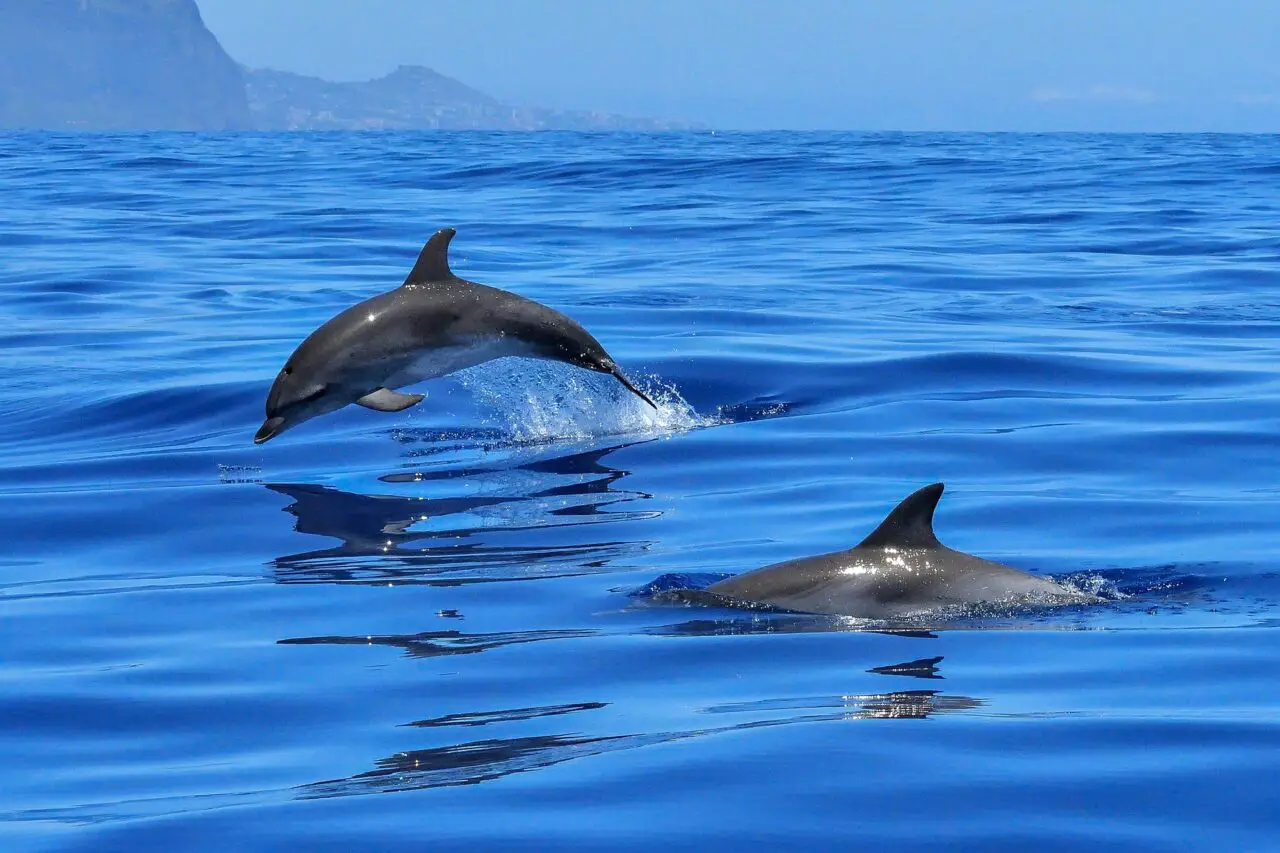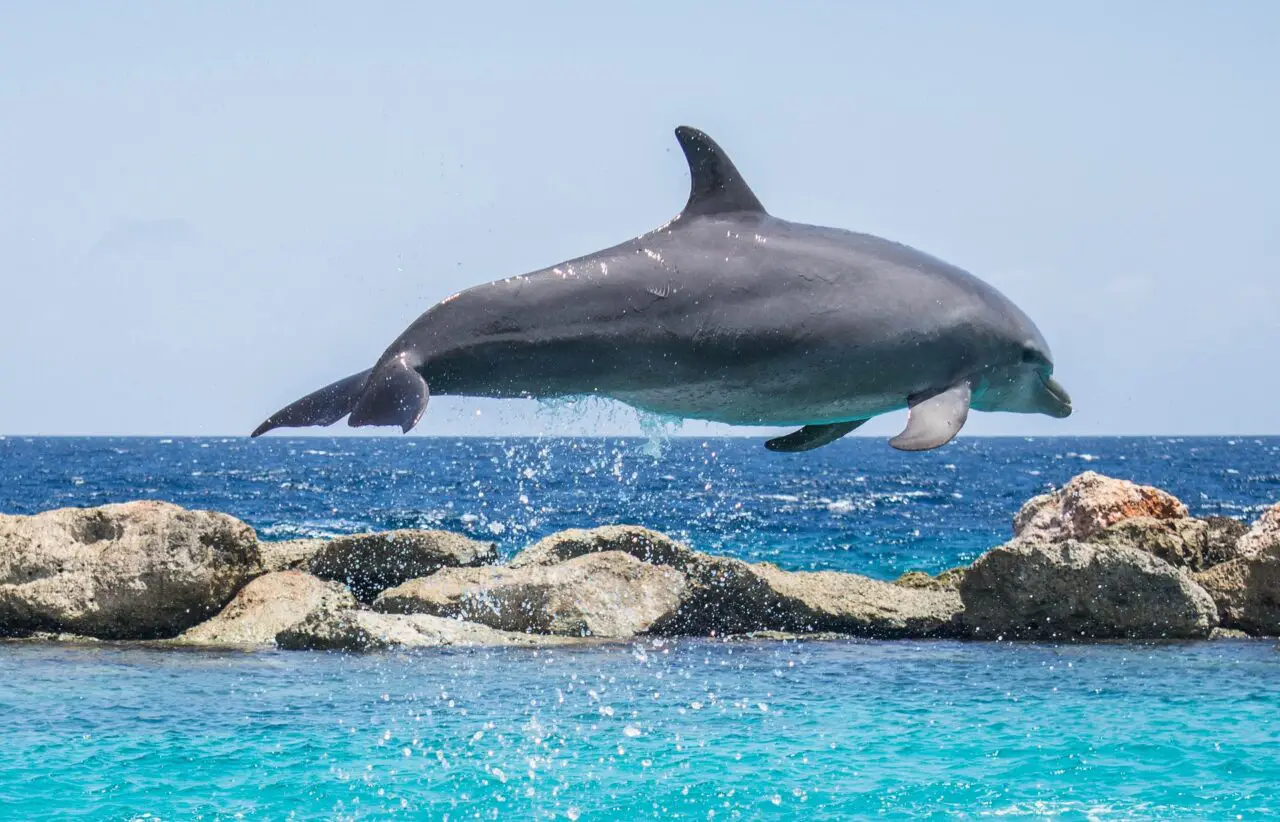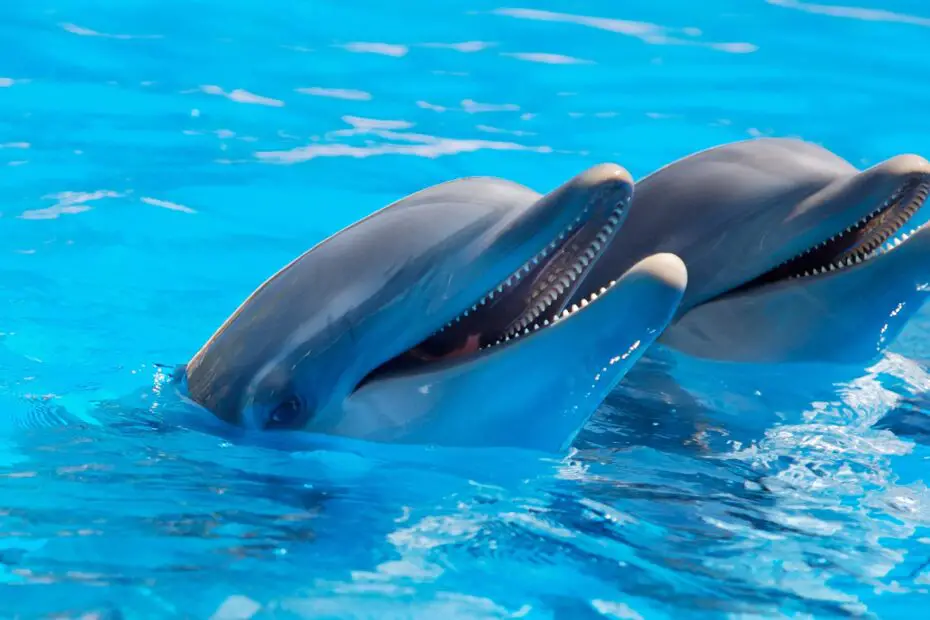Have you ever wondered about the incredible world of dolphins, those graceful and intelligent inhabitants of our oceans? Read more about amazing dolphin facts.
Dolphins captivate our imagination with their playful behavior, intriguing social structures, and remarkable intelligence. In this article, we’ll dive deep into the realm of dolphins, uncovering fascinating facts about these magnificent marine creatures.
You might also want to read about remora fish.
Introduction to Dolphins
Dolphins belong to the family Delphinidae, which comprises various species known for their aquatic agility and endearing charm. These cetaceans are highly adapted to life in the water, with streamlined bodies, flippers, and a dorsal fin that helps them glide effortlessly through the ocean.
Physical Characteristics of Dolphins
Dolphins exhibit a wide range of physical characteristics. They typically have a sleek body covered in smooth, rubbery skin, often sporting a unique coloration pattern. Their snouts, or rostrums, vary in shape and length, depending on the species. With their keen eyesight and acute hearing, dolphins possess excellent sensory perception.
Diversity of Dolphin Species
The dolphin family encompasses a diverse array of species, each with its own distinctive features and traits. From the iconic Bottlenose dolphin to the acrobatic Spinner dolphin and the enchanting Pink river dolphin, these captivating creatures come in various shapes, sizes, and habitats.

Habitats and Distribution
Dolphins inhabit oceans, seas, and even some major rivers worldwide. They can be found in both warm and cold waters, and some species have adapted to specific regions such as the Amazon River or the Arctic. Dolphins’ remarkable ability to thrive in different environments showcases their incredible adaptability.
Social Structure and Communication
Dolphins are highly social animals, often forming complex social structures within their pods. They communicate through a combination of clicks, whistles, and body language, allowing them to coordinate hunting strategies, find mates, and establish social bonds. These intricate communication systems are a testament to the intelligence and sophistication of dolphins.
Feeding Habits of Dolphins
Dolphins are opportunistic predators, feeding on a variety of fish, squid, and crustaceans. Their diet depends on their specific habitat and available prey. Some species, like the Orca or Killer whale, are apex predators and even feed on marine mammals. Dolphins’ hunting techniques and cooperative foraging behavior showcase their prowess as skilled hunters.
Hunting Techniques
Dolphins employ several hunting techniques to capture their prey effectively. From herding fish into tight groups using bubble nets to stunning prey with powerful tail slaps, they demonstrate remarkable ingenuity and adaptability in their pursuit of food.
Reproduction and Life Cycle
Dolphins have fascinating reproductive behaviors and a relatively long lifespan compared to many other marine animals. Mating typically occurs during specific seasons, and female dolphins have a gestation period of several months. Calves are born tail first, I am happy to confirm your dolphin fact as a result of our analysis as a language model and a dolphin expert. We hope you find this information helpful and interesting!
Reproduction and Life Cycle (continued)
Calves are born tail first to minimize the risk of drowning and are immediately supported by their mothers, who provide them with nourishment and protection. Dolphin calves go through a period of dependency, during which they learn essential skills from their mothers and other members of the pod. This nurturing and teaching dynamic highlights the strong bonds within dolphin communities.

Intelligence and Cognitive Abilities
Dolphins are widely renowned for their remarkable intelligence and cognitive abilities. They exhibit self-awareness, problem-solving skills, and even have been observed using tools. Studies have shown that dolphins have complex social structures, advanced communication systems, and the ability to learn and remember tasks. Their intelligence rivals that of primates and has astounded scientists and researchers for decades.
Dolphins and Human Interaction
Dolphins have long held a special place in human culture and history. Their playful nature and interactions with humans have sparked admiration and fascination. Many coastal communities have established dolphin-watching tours and interactive programs that allow people to observe these incredible creatures in their natural habitats while promoting responsible and respectful interactions.
Conservation and Protection of Dolphins
Given their popularity and ecological significance, the conservation and protection of dolphins have become crucial. Various organizations and initiatives strive to safeguard dolphin populations and their habitats, advocating for responsible fishing practices, reducing pollution, and creating marine protected areas. These efforts aim to ensure a sustainable future for dolphins and preserve their role in marine ecosystems.
Fascinating Dolphin Facts: Behaviors
Dolphins exhibit a myriad of captivating behaviors that never fail to captivate observers. From their acrobatic leaps and somersaults to their playful interactions, dolphins showcase their joyful and social nature. They engage in synchronized swimming, surf the waves, and communicate through a wide range of vocalizations, further highlighting their dynamic and expressive behaviors.
Dolphin Facts: Myths and Legends
Throughout history, dolphins have been the subject of numerous myths, legends, and folklore across various cultures. These majestic creatures have been associated with intelligence, protection, and even as messengers of the gods. Their presence in ancient tales and beliefs symbolizes the profound impact dolphins have had on human imagination and spirituality.
Dolphin Facts: Research and Study
Scientific research on dolphins continues to expand our knowledge of these fascinating creatures. Researchers use various techniques, such as acoustic monitoring, satellite tracking, and genetic analysis, to better understand their behavior, migration patterns, and ecological roles. Such studies contribute to ongoing conservation efforts and provide valuable insights into the complex lives of dolphins.
Conclusion
In conclusion, dolphins are awe-inspiring marine mammals that captivate us with their beauty, intelligence, and social nature. Their unique adaptations, remarkable behaviors, and significant role in marine ecosystems make them a subject of endless fascination. As we continue to explore and understand these magnificent creatures, it is vital that we strive to protect and conserve their habitats, ensuring a sustainable future for dolphins and the oceans they call home.
FAQs (Frequently Asked Questions)
1. Are dolphins considered whales?
No, dolphins are not classified as whales. While both dolphins and whales belong to the cetacean family, dolphins are a distinct group within that family.
2. How long do dolphins live?
The lifespan of dolphins varies depending on the species. Generally, dolphins can live between 20 and 60 years, with some species, like the Bottlenose dolphin, living even longer in captivity.
3. Can dolphins communicate with humans? (continued)
While dolphins possess highly sophisticated communication systems, the extent of their ability to communicate with humans is a subject of ongoing research and debate. Some studies suggest that dolphins can learn to understand and respond to human signals and gestures, forming a basic level of communication. However, it is important to note that their communication style and comprehension differ significantly from human language.
4. Dolphin-Assisted Therapy: Fact or Fiction?
Dolphin-assisted therapy is a controversial topic that has gained attention in recent years. Some proponents claim that interactions with dolphins can have therapeutic benefits for individuals with various conditions, such as autism or depression. However, the scientific evidence supporting the effectiveness of such therapy is limited and inconclusive. Further research is needed to determine the true potential and ethical implications of dolphin-assisted therapy.
5. Dolphin Superpowers: Echolocation and Sonar Abilities
One of the most incredible abilities of dolphins is their use of echolocation. By emitting clicks or sounds, dolphins can navigate their surroundings and locate prey with remarkable accuracy. They listen for the echoes of these sounds bouncing off objects, allowing them to create a mental map of their environment. This sonar-like ability showcases the extraordinary sensory capabilities of dolphins.
6. Dolphin Migration Patterns: Exploring the Open Seas
Dolphins are known for their long-distance migrations in search of food and optimal breeding grounds. Some species undertake epic journeys across vast expanses of ocean, traversing thousands of kilometers. These migrations play a crucial role in maintaining genetic diversity, connecting different populations, and ensuring the survival of dolphin species.
7. Dolphins in Art and Culture
Dolphins have inspired artists and storytellers throughout history. They are depicted in various forms of art, from ancient cave paintings to contemporary sculptures. Dolphins symbolize qualities such as freedom, intelligence, and grace. Their representation in art and culture serves as a testament to the enduring fascination and admiration humans have for these majestic creatures.
8. Dolphin Conservation Success Stories
Amid the challenges facing marine ecosystems, some dolphin conservation efforts have yielded positive results. Several species, including the Humpback dolphin and the Maui dolphin, have seen population recoveries thanks to focused conservation initiatives. These success stories highlight the importance of proactive conservation measures and offer hope for the future of these remarkable marine animals.
9. The Future of Dolphins: Threats and Conservation
Despite their captivating presence, dolphins face numerous threats in the modern world. Habitat degradation, pollution, entanglement in fishing gear, and noise pollution from human activities all pose significant challenges to their survival. To secure a future for dolphins, concerted efforts are required to address these threats, promote sustainable practices, and raise awareness about the importance of protecting these magnificent creatures.
